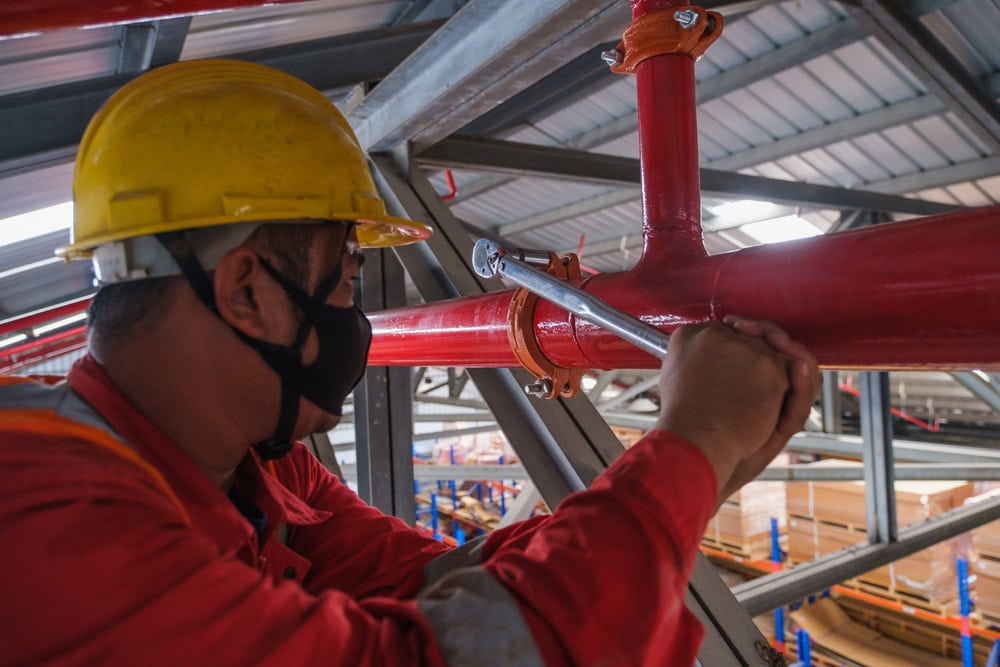How to Build a Strong Client Base as a Licensed Contractor
Building a thriving client base is the cornerstone of success for any licensed contractor, especially in California’s competitive construction industry. Whether you’re preparing for your California contractor license exam or just starting your business journey, understanding how to attract and retain clients is essential. This guide will walk you through proven strategies to establish trust, … Read more










